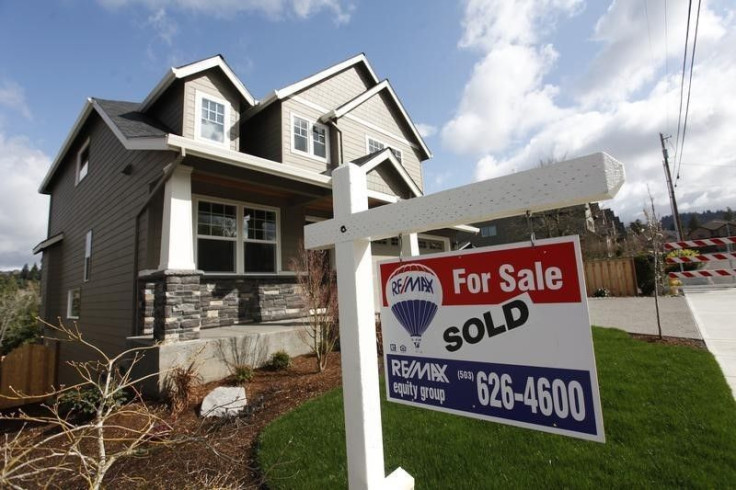3 Things Consumers Should Do Before The Federal Reserve Hikes Interest Rates

It was too good to last. Granted, the U.S. Federal Reserve has kept the federal funds rate hovering at historic, near-zero lows for more than six years. But that's all about to change. The Fed's inevitable interest rate hike later this year will affect average consumers in three key areas: mortgages, credit cards and bank loans.
The cumulative effect of what could be a series of rate hikes over an 18 to 24 month period will ripple across U.S. economy and weigh on America wallets and pocketbooks, says Greg McBride, chief financial analyst at Bankrate.com. The central bank's action could begin as soon as September. Here's what you can do as the window of opportunity narrows:
1. Refinance Your Mortgage
Fixed rates for the benchmark 30-year mortgages have climbed above 4 percent recently in anticipation of the Fed raising rates. So it's a good time to look into refinancing a mortgage before rates rise further. There’s no guarantee that rates will drop below 4 percent as the year progresses, McBride said.
The average rate on a 30-year fixed mortgage has been at record lows since the Federal Reserve took steps to revive the U.S. economy following the 2007-2009 financial crisis. As the central bank prepares to move away from crisis-level rates, lenders will quickly begin to set mortgage rates based on their expectations for future inflation and interest rates.
The 30-year fixed-rate mortgage dropped 5 basis points to 4.12 percent, according to Bankrate's July 22 survey of interest rates. The average rate for a 15-year fixed-rate mortgage fell 4 basis points to 3.3 percent.
2. Snag Zero-Percent Credit Card Offers
Consumers should try to snag zero-percent introductory rates and balance transfer offers on credit cards--and do it now. As the Fed moves away from zero-percent interest rates, credit card issuers act accordingly and raise their interest rates. They will also be less likely to offer zero-percent rates.
3. Chip Away At Debt
Now is also an opportunity to chip away at variable debt before interest rates begin to climb, including credit cards, student loans, auto loans and home equity lines of credit.
“You don’t want to be in a situation where you’re piling up a large balance while rates are low, only to have to pay it back in a higher rate environment,” McBride said.
Borrowers who took out home equity lines of credit during the housing boom should be especially mindful of when the 10-year draw period comes to an end. A draw period allows a holder of a line of credit to withdraw money for a period of ten years. Once the draw period is over, the borrower can no longer tap into the line of credit.
Once the 10-year period is up, borrowers are no longer paying just the interest on the loan. The monthly payments increase to cover interest expense and the principal balance over the remaining term of the loan.
That produces a significant payment increase completely independent of interest rates, McBride said.
© Copyright IBTimes 2024. All rights reserved.












